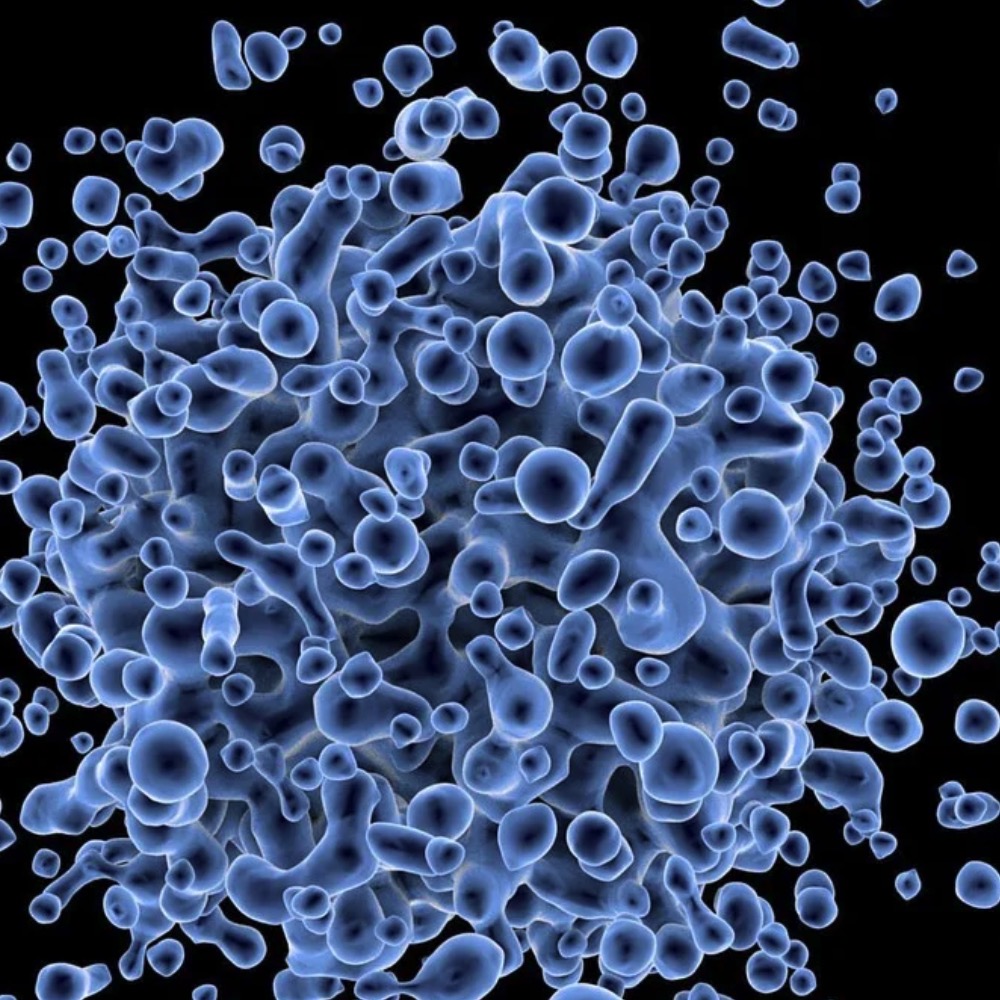Reviews
18 December 2013
Vol. 65 No. 5 (2013)
Insight into the WNT system and its drug related response

Publisher's note
All claims expressed in this article are solely those of the authors and do not necessarily represent those of their affiliated organizations, or those of the publisher, the editors and the reviewers. Any product that may be evaluated in this article or claim that may be made by its manufacturer is not guaranteed or endorsed by the publisher.
All claims expressed in this article are solely those of the authors and do not necessarily represent those of their affiliated organizations, or those of the publisher, the editors and the reviewers. Any product that may be evaluated in this article or claim that may be made by its manufacturer is not guaranteed or endorsed by the publisher.
3101
Views
1071
Downloads
Authors
Rheumatology Unit, University of Verona, Italy.
Rheumatology Unit, University of Verona, .
Rheumatology Unit, University of Verona, Italy.
Rheumatology Unit, University of Verona, Italy.
Rheumatology Unit, University of Verona, Italy.
Rheumatology Unit, University of Verona, Italy.
S. Tamanini, Rheumatology Unit, University of Verona
L. Idolazzi, Rheumatology Unit, University of Verona
D. Gatti, Rheumatology Unit, University of Verona
O. Viapiana, Rheumatology Unit, University of Verona
A. Fassio, Rheumatology Unit, University of Verona
M. Rossini, Rheumatology Unit, University of Verona
How to Cite
PAGEPress has chosen to apply the Creative Commons Attribution NonCommercial 4.0 International License (CC BY-NC 4.0) to all manuscripts to be published.










